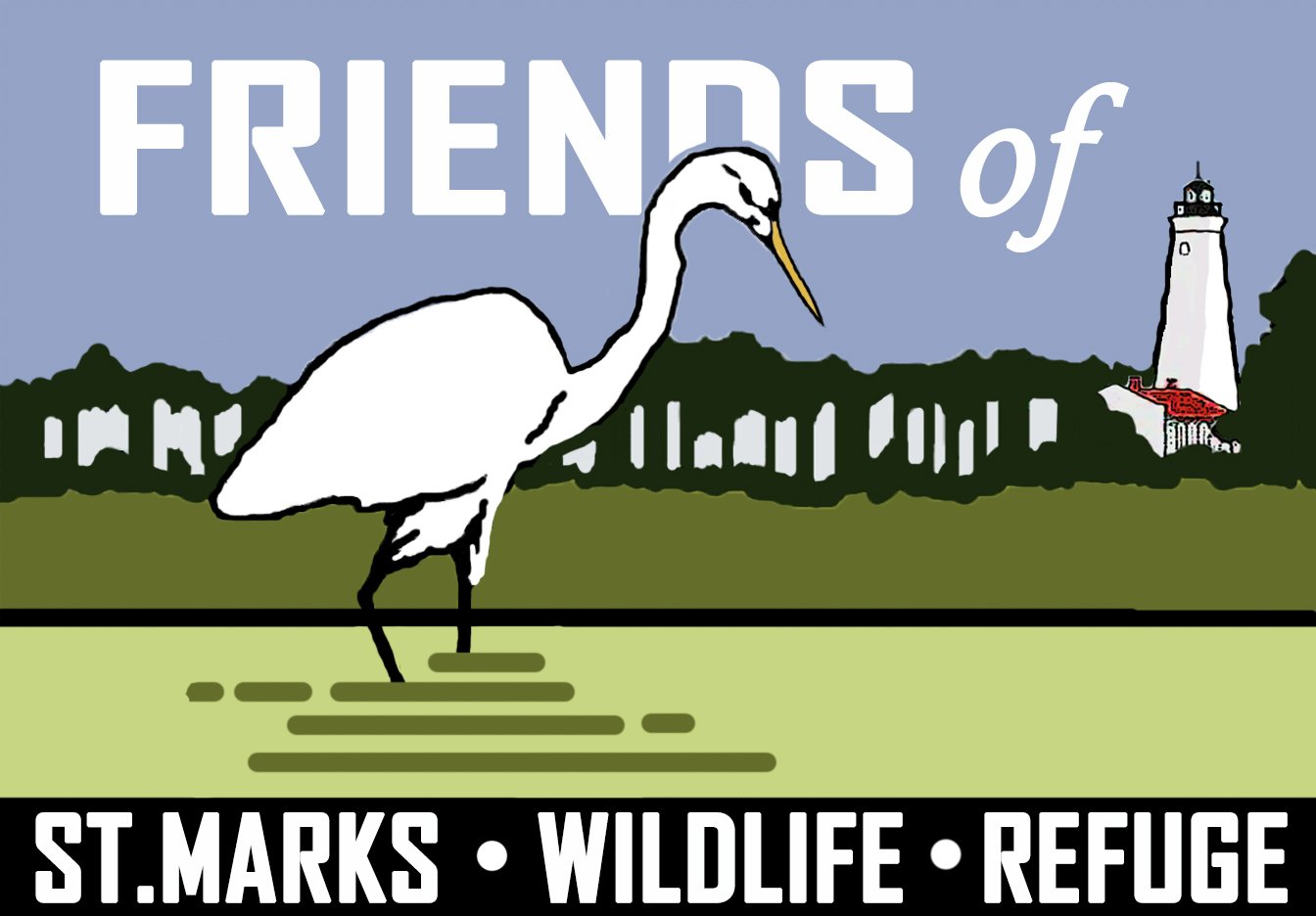It was a cold quiet windless morning at St. Marks NWR. A crescent moon hung low in the sky just above Jupiter. There was just the barest hint of color on the Eastern horizon as I sat in my car on the Stony Bayou II North levee. I had the window open despite the cold. In the darkness I heard first, the call of a Virginia Rail and then, a single hoot from a Barred Owl.
I saw a silhouetted bird flying against the brightening sky and stepped out of my Honda to get a better look. Frost crunched loudly underfoot in the still morning. With my binoculars I could make out a Bald Eagle heading out to ambush some unsuspecting prey. He flew across Stony Bayou and I could see the outlines of the birds that he flushed; herons, ducks and cormorants. One shape looked different and I pulled out my scope and set it up. A lone goose was circling in the sky, presumably a Snow Goose.
At first light I began a duck survey. Stony Bayou II had Green-winged & Blue-winged Teal, lots of Hooded Mergansers, Mallards and a few Bufflehead. Down in the Southwest corner of the pool I finally found a blue morph Snow Goose. This species comes in two color phases; the typical white morph that gives the species its name and a blue morph that was once thought to be a separate species called the Blue Goose.
“Blue” Snow Geese have a mostly dark body and a white head. Most of the blue morph Snow Geese come from the mid-continent population that breeds along Hudson Bay and along the shore of islands North of there. Snow Geese are one of the most abundant waterfowl in North America, but they usually winter West of us and are only occasionally found at St. Marks.
It took me until 1:00 pm to complete my survey. I wasn’t really trying to be efficient and counting 1,629 ducks takes time. This is the fourth year that I have been doing duck surveys at the refuge and I’m beginning to see patterns. Last year, the refuge was still dealing with the effects of Hurricane Michael. Michael churned the pool and pond bottoms, soaking the usually freshwater habitat in salt water. This probably affected plants and small critters that the ducks feed on. Ducks came in at the beginning of the winter season, but most left quickly and my January duck numbers were half what they had been in the two previous years. This year, duck numbers are back where they should be.
In February the refuge’s winter ducks will start to move out. Most will be gone by the end of March, but a few stragglers will hang on into early Summer. Head down to the refuge and get in some prime winter birding.
Don Morrow, Tallahassee, FL

